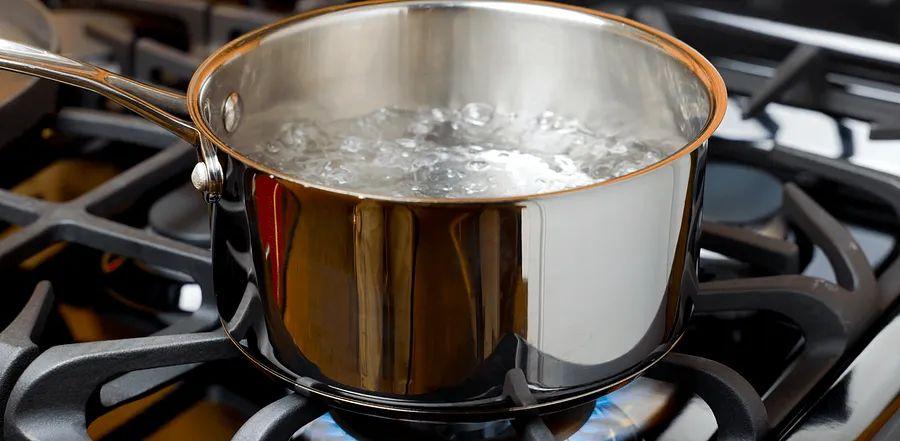Boiling vs. Simmering: Key Differences You Should Know

Boiling and simmering are familiar techniques often mentioned in recipes. These two moist-heat methods share similarities but aren't exactly the same. Grasping the distinction between the two — and understanding when to apply each one — is crucial for successful cooking.
Consider this: If you simmer a pot roast, it becomes tender and juicy. Boil it, and it turns tough and chewy. The same goes for pasta: boiled pasta achieves a perfect al-dente texture, while simmered pasta can become sticky and unpleasant. Let’s dive deeper into the characteristics of these cooking methods.
Boiling

Boiling occurs at 212°F, which is the boiling point of water at sea level. The telltale sign of boiling water (or any liquid) is when large bubbles rise rapidly to the surface, and the liquid underneath churns with intensity. You’ll also notice a significant amount of steam escaping from the pot.
Boiling is commonly used to cook pasta and vegetables like kale, broccoli, carrots, or green beans, and also for reducing and concentrating sauces. If you've ever prepared a Lowcountry Boil, you know that boiling is key to cooking shrimp, corn, and other important ingredients. Boiling is also an essential step in making bagels from scratch—it creates a unique texture and flavor and helps them brown more effectively in the oven.
Simmering

Simmering occurs at a gentler 180-190°F, much lower than boiling. Instead of large, rapid bubbles, you’ll see smaller ones that slowly break the water's surface. The liquid may even appear to shimmer, as if it's on the brink of movement. Keeping a simmer going requires attention, as the heat can easily escalate to a boil.
For slow and steady cooking in liquid, simmering is the ideal method. It’s perfect for tenderizing tougher cuts of meat like chicken thighs, beef pot roast, pork shoulder, and lamb shanks. Simmering is also essential for cooking delicate foods, such as poached eggs and poached fish.
Simmered dishes take longer to cook than those boiled, but the deep, rich flavors you develop are well worth the wait. A soup simmered for hours—like chili or beef stew—becomes a filling, comforting meal. You can also keep a simmer going in the oven, such as with this classic coq au vin recipe, though you’ll need to bring it to temperature on the stovetop first.
While boiling and simmering are distinct processes, they often complement each other in recipes. You may come across instructions that say, "Bring to a boil, then reduce to a simmer." Lowering the heat from boiling ensures a steady and even simmer in your pot.
The time it takes for water to reach a simmer or boil depends largely on the stovetop you're using. Gas stoves tend to heat up quicker than electric ones, so your water will boil faster. Additionally, gas offers more precise heat control, making it easier to hit the perfect simmering temperature. Whether you're boiling pasta or simmering chicken thighs, understanding your stovetop's heating capabilities will help you cook more flavorful, well-prepared dishes.

1

2

3

4

5
Evaluation :
5/5